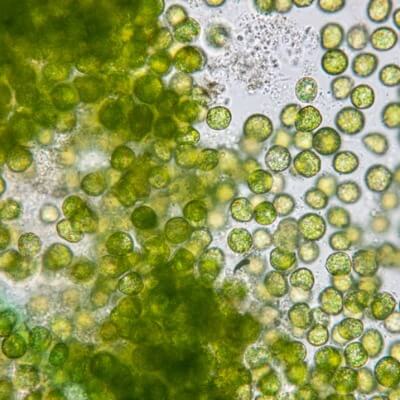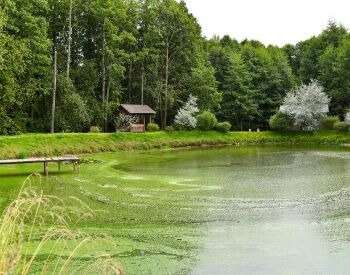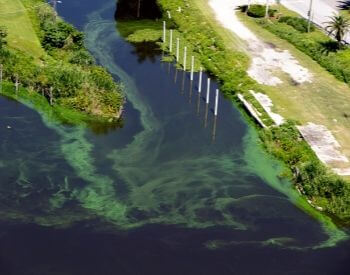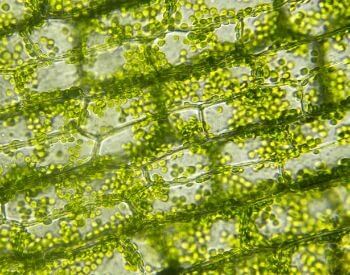
This web page contains algae facts for kids and is an excellent resource for anyone of any age looking to learn about these photosynthetic eukaryotic organisms. Our goal is to provide you with accurate, up to date facts about algae. In addition to facts about algae, we provide pictures of algae and additional resources containing information about it.
The algae facts below will help you learn what algae is, what is classified as algae, how algae grows, how algae uses photosynthesis for energy and other algae facts. We hope these algae facts are interesting and help you learn more about one of our planet’s oldest lifeforms.
If any of the below algae facts are inaccurate, please contact us and let us know.
20 Algae Facts for Kids
- Algae is a broad label for a large and diverse group of photosynthetic organisms.
- Algae is often called a plant and grouped under the plant kingdom. However, algae are much different than plants. Algae doesn’t have roots, stems or leaves. They do use photosynthesis like plants to create chemical energy.
- Algae can be unicellular (single-celled) or multicellular (multiple-cells).
- An example of unicellular algae is Chlorella coloniales.
- An example of multicellular algae is Nereocystis (Nereocystis luetkeana).
- Conservative estimates claim there are around 72,500 different species of algae on our planet.
- Conservative estimates claim that algae produce around 50% of the Earth’s oxygen.
- Most species of algae live in water, both freshwater and saltwater. However, some can thrive on land.
- Algae can thrive in a wide range of environments, both harsh and mild. Some algae can survive in the deep water underneath the polar ice sheets, while others can thrive in the Dead Sea.
- Algae can vary greatly in size from one species to another. A species can be as small as a single cell (microalgae) or reach a length well over 100 hundred feet (kelp).
- The smallest algae species are picoplankton.
- Picoplankton only reach between 0.0002 and 0.002 millimeters in length.
- The largest algae species is giant kelp (Macrocystis pyrifera).
- Giant kelp can grow up to 2 feet a day and reach over 150 feet in total length.
- Algae species are divided into different groups based on their characteristics. Some of these algae groups are brown algae, fire algae, green algae, golden-brown algae, red algae, yellow-green algae and euglenoids.
- An algae bloom is the quick production and accumulation of algae in a body of water.
- Some algae blooms are natural, while others are caused by humans.
- Algae blooms can have a negative affect on a body of water and are called harmful algae blooms
- Harmful algae blooms can deprive sunlight and nutrients needed by other organisms and deplete oxygen levels.
- The algae themselves don’t consume the oxygen but block other aquatic that feed oxygen into the body of water via the photosynthesis process.
Pictures of Algae



Find More Facts About Algae
- What Are Algae – Learn what algae is and other cool facts about it on the Live Science website.
- Overview of Algae – The Science Direct website provides an excellent overview of algae.
- 20 Things About Algae – Find 20 things you didn’t know about algae on the Discover Magazine website.
- Algae – Wikipedia – Discover more information and facts about algae on the Wikipedia website.
